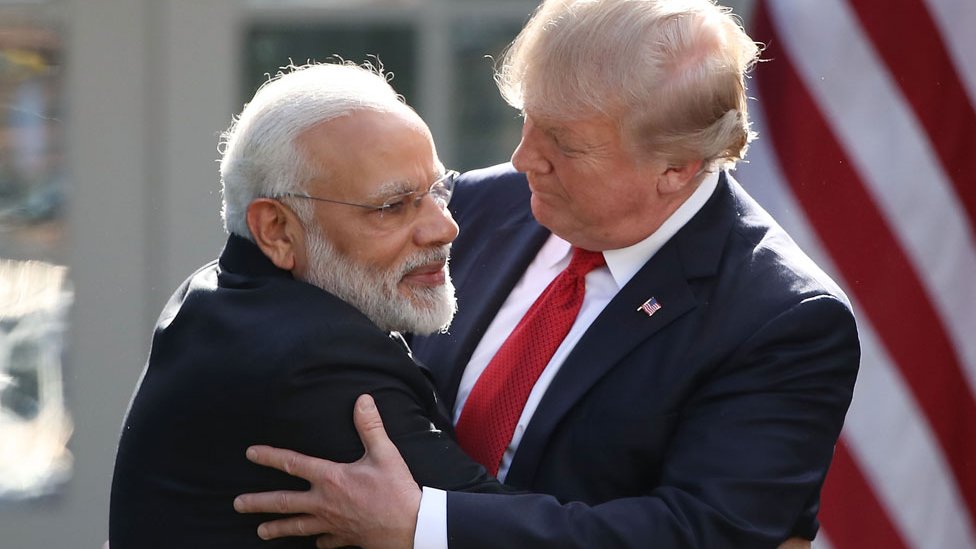CLAIM:
India and the U.S. have finalized terms for the first phase of a trade agreement—but agriculture remains a major sticking point.
THE CONTEXT:
As India and the United States aim to elevate bilateral trade to $500 billion by 2030, farm-related issues have emerged as the most sensitive and complex hurdles. The talks—both virtual and in-person—are set to continue, and both nations are under pressure to make concessions.
WHAT’S THE ISSUE?
The U.S. wants India to ease non-tariff barriers and high import duties on American farm produce. Meanwhile, India is walking a tightrope—protecting its domestic farmers while also eyeing long-term trade gains.
KEY FARM FLASHPOINTS:
- Staple Tariffs Resistance:
India refuses to lower tariffs on essential staples like rice and wheat, despite U.S. pressure. However, it’s open to reducing tariffs on almonds, cranberries, quinoa, oatmeal, pistachios, and walnuts. - Pulses Dispute:
Washington has demanded India lift quantitative restrictions on protein-rich pulses, which India argues are critical for domestic food security and price stability. - Corn for Ethanol Clash:
India urgently needs corn to fuel ethanol production, but its own regulations bar ethanol made from imported grains, a move seen as anti-competitive by American grain exporters.
WHY IT MATTERS:
This tug-of-war isn’t just about commodities. It’s about food security, energy policy, and market access. The way India balances protecting small farmers while modernizing trade will determine how fast this deal progresses.
THE STRATEGIC ANGLE:
For the U.S., agriculture is a politically sensitive sector. For India, it’s a livelihood issue for millions. The question is: can mutual ambition overcome rooted protectionism?
BOTTOM LINE:
India and the U.S. are inching closer to a trade breakthrough. But unless both sides bite the bullet on farm negotiations, the dream of a $500 billion bilateral trade deal may remain just that—a dream.

